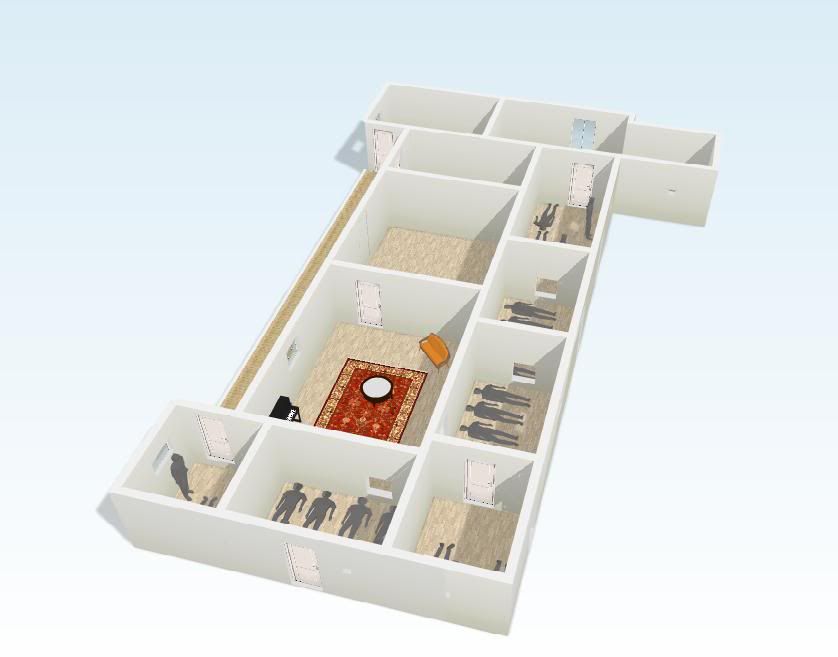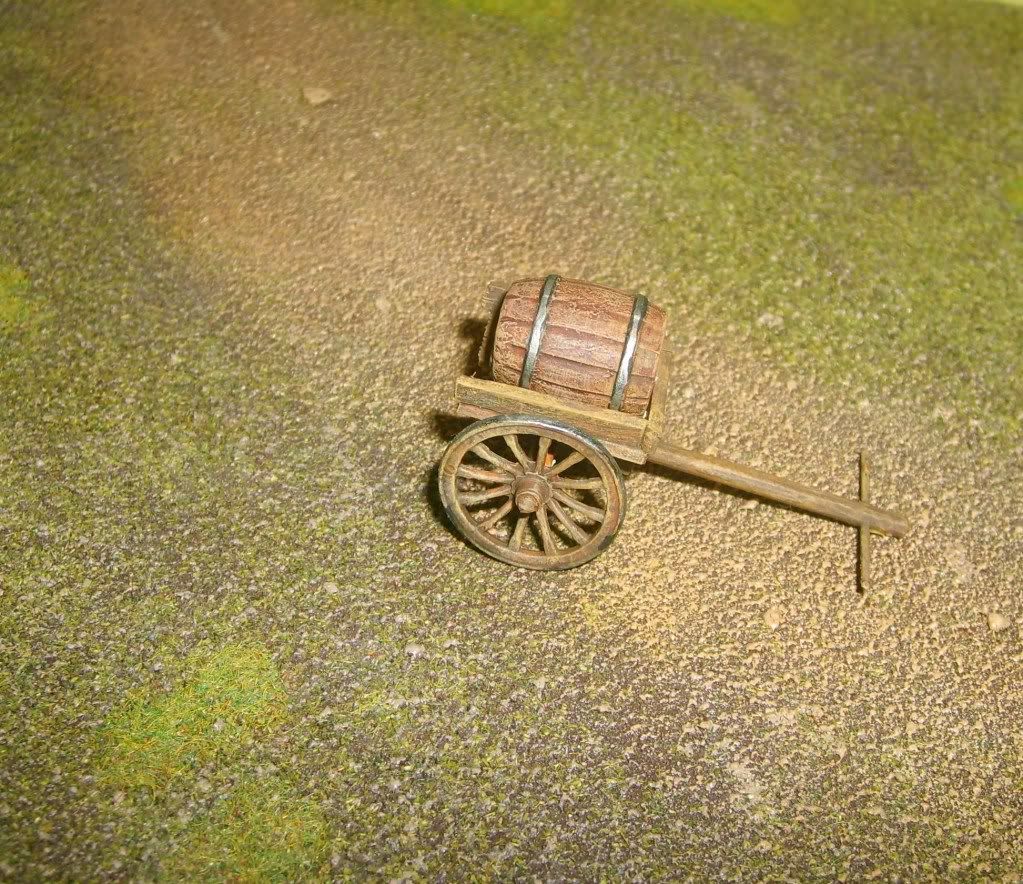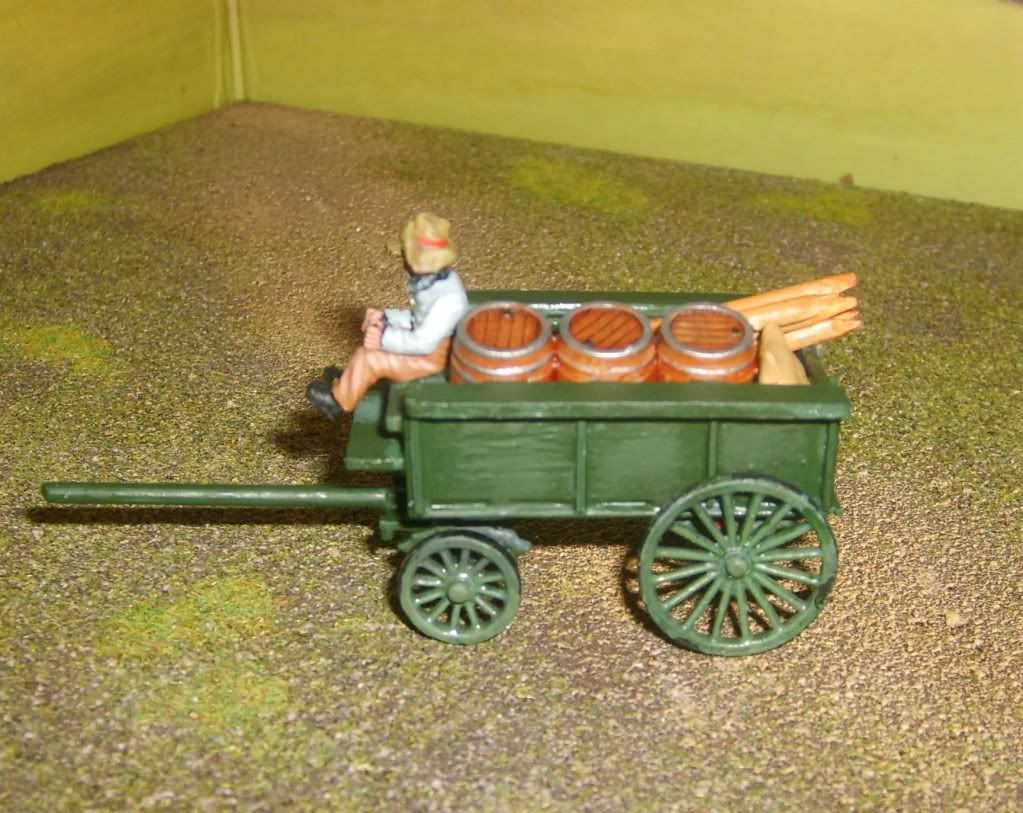With any military expedition there is the problem of logistics. How to keep your force supplied with all that it needs to fight, during the Zulu war this required vast numbers of wagons,carts,mules, and native bearers to transport everything that the Army would need during the campaign, supplies such as ammunition, food, tents, and even the field forge for replacing the cavalry horses shoes.
While I have already made the wagons that will be used as part of the defences in the rorke’s drift game I will also need a few more wagons for playing any of the three columns of the Invasion force.
“By January 1879 there had been collected 977 wagons, 56 carts,10,023 Oxen,803 horses and 398 mules with 2000 extra natives to drive and manage them.”
Michael barthrorp the zulu war a pictorial history.
As you can see from the figures above wagons, carts, and oxen will be required in good amount to play many of the actual battles or fictional encounters, to this end I plan to make a few wagons and carts both limbered with oxen or mules for the wagon train on the move and unlimbered for use in the camp or as a Laager.
While I still need to make a few more Colonial Ox wagons, Colonial mule wagons, Carts and general service wagons I have made a small start on the wagon train.
two finished wagons
the first two general service wagons both lledo conversions,I have a sneaky suspicion that I have the colour scheme wrong and they should be blue gray.
Native Bearers
The first lot of native bearers,while taking the photo's I noticed that a few of them will require another coat of matt varnish. This first lot of bearers are from the Dixon Dahomy range I plan to add a pack or two of the foundry bearers to them.
water wagon
The unlimbered water wagon made for the rorke's drift game but i'm sure it will come in very useful in other games as part of the camp equipment. I will be copying this and making a limbered version sometime in the future.
another Lledo conversion
Another lledo wagon which is almost finished just awaiting the base and some oxen or mules.
A Lledo carriage
While not part of the wagon train I have also aquired another lledo carriage.This carrage has only recieved a basic paint job at the present time and still requires a bit of work, Im planning on using it for the hollywood "zulu" game when it will be used as the Rev Witt's carriage.
As you can see its a small start but there is still so much to left to do but for now work has had to stop until I get some more Oxen, mules, and Wheels
Terry




























